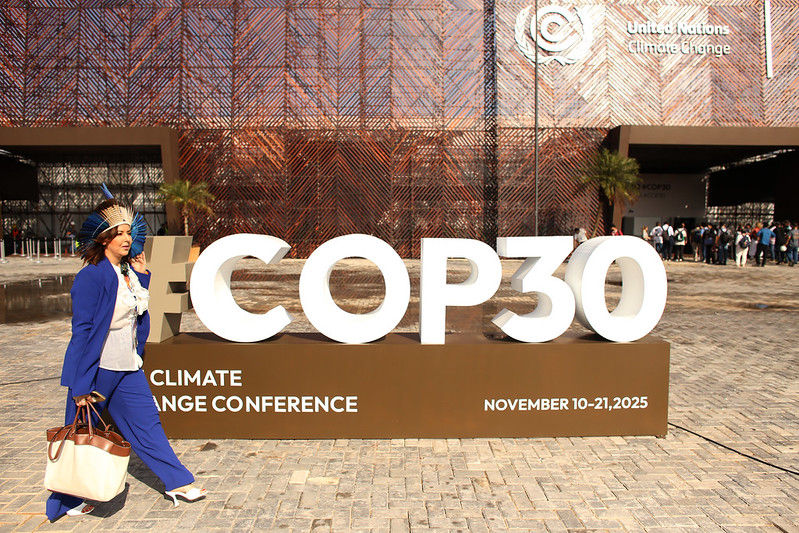Will Europe become the first climate-neutral continent?
- gosiarychlikeu
- 5 days ago
- 2 min read
As climate activists worldwide focus on COP 30 unfolding in Belém, Brazil, another city is hosting political debates and votes that will determine the pace of emissions reductions in a region that not long ago promised to become the first climate-neutral continent - Europe.

More specifically, under its Green New Deal, the European Union (27 Member States) set out to reach net-zero emissions by 2050. Achieving this requires careful planning to spread the effort — and the social and economic burden - over time, ideally by cutting emissions more sharply sooner rather than later. Based on an in-depth economic analysis, the European Commission proposed a 90% net emissions reduction by 2040 for the EU bloc, marking a key step on the path to net zero by 2050. This 2040 target should, in turn, guide the setting of nearer-term goals, such as the 2035 emissions reduction milestone - the focus of the Nationally Determined Contributions feeding into the climate negotiations now underway in Belém.
Unfortunately, a series of crises over the past year - from rising security anxieties to strains in the US–EU relationship, combined with conflicting priorities inside the EU - meant the 2040 target discussions were continually postponed. This also led to the EU missing the deadline to submit its NDC, which remains outstanding as of writing. In mid-October, the European Council (heads of Member States) finally sat down to discuss the proposed 90% net target, though several governments, notably Poland, Italy and France, voiced hesitation or opposition.
In the meantime, anticipating the upcoming votes in the European Parliament - the next step in the legislative process - we prepared an open letter to the Members of the Parliament’s Environment Committee, who are responsible for advancing the 2040 target to the full chamber. In it, we call on them to support the most ambitious version of the proposal. You can read the letter here, along with a short explainer on the targets and the reasoning behind them.
After repeated delays and changes to the schedule, voting finally took place this week - one in the Environment Committee and another in the Plenary on Thursday, November 13. The outcome was uncertain, as far-right and centre-right Members had called for the 2040 target to be dropped entirely, urging the EU to retreat from its climate ambitions. In contrast, the more progressive factions worked to shape amendments that would strengthen the proposal and make it more likely to gain majority support in Parliament.
The text approved by the Parliament falls between the European Commission’s proposal - the strongest put forward by any EU institution, though still short of what scientists say is needed - and the European Council’s version, which is noticeably weaker but keeps the 90% figure intact. The crucial fight now concerns the technical rules: various “flexibilities” that risk shifting effort away from real cuts in Europe and toward creative accounting through international credits or a growing reliance on future, unproven technologies.
Now that all three EU bodies have presented their positions, negotiations move into the trilogue phase, where the final deal must be negotiated. The timeline is still unclear, so follow along as we continue to monitor Europe’s path forward.





![Turning to local climate action [webinar recordigns & resources]](https://static.wixstatic.com/media/49dc72_7c0b72dc499c4a6b99314f5bf07b6a47~mv2.jpg/v1/fill/w_980,h_551,al_c,q_85,usm_0.66_1.00_0.01,enc_avif,quality_auto/49dc72_7c0b72dc499c4a6b99314f5bf07b6a47~mv2.jpg)

Comments